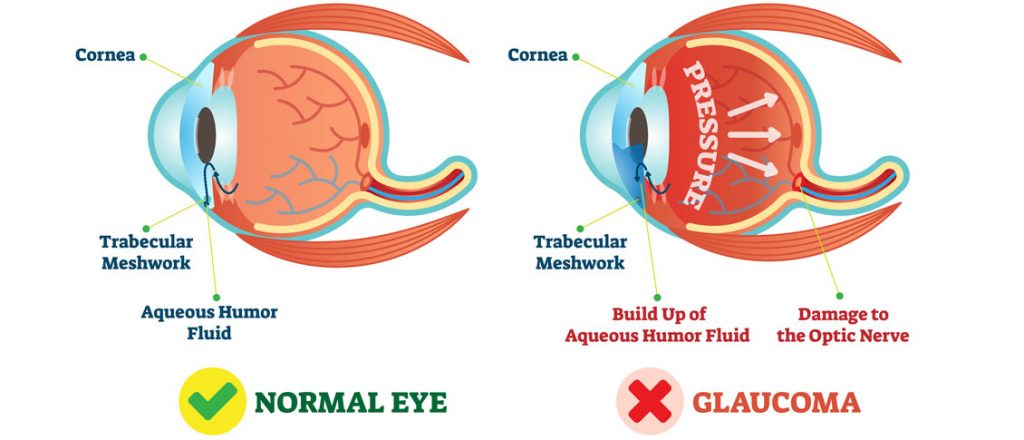What Is Glaucoma?
Glaucoma is the name given to a group of eye diseases where vision is lost due to optic nerve damage. Over 300,000 Australians have glaucoma, yet 50 percent of Australians with the disease remain undiagnosed.
Glaucoma is nicknamed the ‘silent thief of sight’, as there are often no signs or symptoms. Loss of sight is commonly gradual, and a significant amount of peripheral vision (side vision) may be lost before there is any awareness of a problem. An eye test at Adelaide City Optometrist can diagnose and manage glaucoma in its early stages. Management is undertaken solely with Paul Fotkou, who is also a therapeutic optometrist; he can prescribe medication required for management.
How Is It Caused?
Damage to the optic nerve can be caused by poor blood flow or injury. However, the most common cause of damage is a result of increased pressure within the eye, known as intraocular pressure (IOP). IOP is controlled by the circulation of a fluid called aqueous, which nourishes the eye, keeps it firm and maintains optimal eye pressure. Aqueous flows from the ciliary body through the anterior chamber, and drains out of the eye through the trabecular meshwork. If this draining process becomes blocked, the aqueous fluid levels can build up within the eye, causing increased eye pressure. It is this pressure than can cause ongoing damage to the optic nerve, resulting in vision loss and potentially, blindness.
For further information and resources, visit Glaucoma Australia.

Who Is At Risk?
Glaucoma can develop in anyone, however, the incidence increases with age. Approximately 1 in 10,000 babies are born with glaucoma. By the age of 40, about 1 in 200 have the disease, while 1 in 8 have it by the age of 80.
Those with an increased risk are those who:
- Have a family history of the disease
- Have high eye pressure
- Are aged over 50
- Are of African or Asian descent
- Have diabetes
- Are short or long sighted
- Have been on a prolonged course of cortisone medication
- Experience migraines
- Have had an eye operation or eye injury
- Have a history of high or low blood pressure
How Is Glaucoma Diagnosed?
Glaucoma is only detectable through a thorough eye examination with an optometrist. Although damage is irreversible, early detection is critical to save remaining vision. Paul Fotkou uses advanced technology and equipment to detect glaucoma. Optical coherence tomography (OCT) is used to take images of the eye, and measures the thickness of the retinal nerve to detect any damage. Corneal pachymetry measures the thickness of the cornea. This is vital as a very thick or thin cornea can affect eye pressure readings, causing a false positive reading. Paul also conducts a visual fields analysis which tests peripheral vision. This vision is often lost without awareness. Furthermore, tonometry is used to measure eye pressure, one of the main risk factors of the disease.
Can It Be Treated?
Unfortunately, there is no cure for glaucoma. While early detection and treatment can significantly slow progression, lost vision cannot be regained. The disease can be successfully managed through the use of eye drops and laser treatment, as discussed with your optometrist. Therefore, it is important to have regular glaucoma eye tests.
